Farmland & Ranching in Argentina
A closer look at the overall agricultural landscape, average prices and zones
Welcome Avatar! The true sovereign individual dream for many is to be able to live completely self sufficiently with a piece of land you own, without needing a nanny State to look after you or interfere in any way. Today’s deep dive will be going over options to buy farmland in Argentina, what to look out for and the regions to look into. Let’s dig in.
General landscape
As a word of warning, this is a very broad topic and impossible to completely cover in one article. I have been going down the local land grab rabbit hole for a few years now and more intensively in the last year, since land has become a lot more attractive in terms of price in the recent years.
The idea of this article is to serve as an introduction into the different areas in the country and to give some pricing points as a point of reference.
Since this year (2023), the economic and financial situation for the rural market is finally showing signs of reactivation, with more development and investments.
Investors are trying to anticipate what will happen during the elections (a shift to a more open economy), in combination with the fact that current price levels are very depressed and there are many deals lying around for people who show up with a bag of cash US tokens.
Autist note: If you haven’t read the second part for buying property in Argentina (which is all about land), I recommend reading that as well, since it explains the buying process and the limits on foreign ownership (not an issue, but in the future it could potentially become an issue if there is a lot of fomo into these sweet southern pastures):
Regions, activities and pricing
Argentina is a country with abundant fertile land and one of the biggest fresh water reservoirs, without the issues of the tropical diseases for grains that plague Brazil and Paraguay, for example.
This is why Argentina was traditionally more focused on wheat versus its neighbors who focused more on soybeans.
After the soybean price skyrocketed earlier this century, many producers switched to soy. Today is a mix of grains, with soy, wheat and corn being the most predominant.
Activity breakdown
The maps below give a perfect overview of the type of activities, combined with an outdated price range (the maps are from 2011, but they are the best ones in terms of activities and regions).
As a general rule of thumb:
North East region: more humid, closer to Brasil and Paraguay a lot more subtropical climate (K, L, M)
Western Region: Andes mountain ranges (P) with occasional valleys for fruit (N), vineyards (Q)
Center: La Pampa (O) mainly for cow farming, and the grain belt from Córdoba, Santa Fe to Buenos Aires (M2 with less rain, and then A to J with enough rainfall.
South: Forests and mountains close to Chile (T) and the wide Patagonian plains with a lot of wind (S), mainly for sheep farming, and one valley for fruit and horticulture (R).
This is the second part of the map with more detail on the regions that weren’t covered in the map above (in Spanish):
Pricing of land
First and foremost, in Argentina land is exclusively measured and priced in hectares. As a rule of thumb, 1 hectare is roughly 2.5 acres (2.47, to be exact).
Argentina is an enormous country with many different climates, soil and regions, so price per hectare is anything but uniform.
The sales process requires clear information and many variables come into play when buying land, like location, soil quality and proximity of services etc.
Prices are really all over the place, and depend a lot on regions and other variables. As a rule of thumb, the closer you get to the city of Buenos Aires (zone A and B), the more expensive the price/hectare will be.
In some of the most fertile areas of the Wheat Belt (Center Córdoba to Buenos Aires, zones G1, G2, C-F), for a 100% agricultural field, prices range from 10,000 to 14,000 dollars per hectare in sale price. In some sectors, prices can be $20,000 per hectare and up:
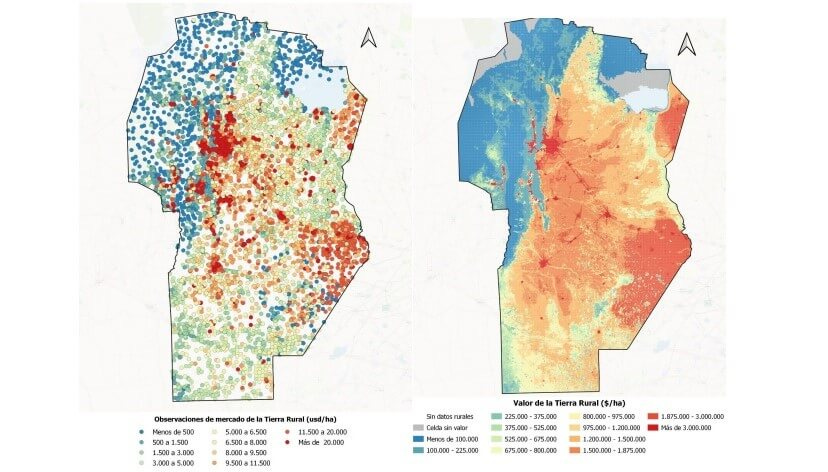
In the same region but in Santa Fe (zones L and L2), prices are a bit lower and can range from $4,000 to $12,000 per hectare.
In the Northeast region and in the provinces of Santiago del Estero or Chaco, the indicative price is $5,000 dollars per hectare, but this can vary by 15% more or less depending on the location.
Land closer to the Andes mountain range in the Western Region in rougher terrain tends to have a lower pricing range of $700 up to $2,000 dollars per hectare.
The Pampa strip is great for cow farming, and here you can find land from $2,000 up to $4,000 per hectare.
The South tends to be more expensive closer to the urban areas, and cheaper on the plains. You can find land from as cheap as $20/hectare. Keep in mind that most of that land in the south is very windy and can only serve for sheep farming.
Also here you can see that in the south versus the north and center, there is a lot less on offer, simply because these regions are very off grid, and the soil is not that fertile (plus the wind makes it hard to grow certain crops).
Autist note: I have next to zero experience in working in agriculture or ranching myself, besides a very humble pepper garden in the city. I would like to change that in the future, which is why I am doing this land research now. You can really find very interesting properties, like this blueberry nursery or a fully functional farm or vineyard.
Useful websites
Here are some sites that give a better idea of how disperse pricing is for land (in no particular order, but with direct links to the “campos/lotes” sections):
The 2022/2023 summer droughts
This last summer was one of the hottest summers in 60+ years, which led to a catastrophically low crop yield. On the map below you can see the areas that were most affected by the drought:

As you can see the regions closer to Brasil and Paraguay were hit the hardest, together with the Andean parts that historically have water issues.
The Center region & wheat belt was also hit hard, but around Buenos Aires and La Pampa, even with this record drought, there weren’t that many issues. Interesting to keep in mind, depending on what you’re looking for.
Ranching in Argentina
If we place cattle in regions, this map provides a great overview to quickly see which regions of the country provide the most beef:
Argentine cattle accounts for about 52 million cows, according to data from the Institute for the Promotion of Argentine Beef (IPCVA).
There are about 130,800 farms dedicated to bovine production, according to the last National Agricultural Census (2018).
Below you can see the evolution in slaughter of cows over time:

And the meat consumption in Argentina per capita over time, which is in a heavy downtrend with only around 50kg per capita per year currently (used to be 60kg+):
According a 2020 survey to the Bolsa de Comercio de Rosario, there is still growth in the livestock market:
The Gross Production Value (GVP) of animal husbandry has grown by 15% in the last 15 years, from $21.9 billion in 2005 to $25.2 billion in 2020.
The GVP of breeding currently represents a quarter of the GVP generated by the item "Agriculture, livestock, hunting and forestry", which has an incidence of 10% in the VBP of all goods and services produced in Argentina.
With this, animal husbandry contributes 3% of the Argentine VBP, without taking into account the industrial and commercial activities that derive from breeding and complete the chain. - Source
I would agree that once a better economic environment sets in, those 50kg/year will quickly surge to 60kg+, without a doubt. Many people currently suffering the consequences of bad economic policies drop their meat consumption.
Furthermore, Argentina could be an absolute powerhouse in terms of meat export, which it currently isn’t. Argentina has the potential to export more meat than Brazil, but is currently exporting volumes similar to Uruguay, a country the size of 1 Argentine province:
So besides being self sufficient, if you want to ramp things up and buy a decent chunk of land to let your cattle roam freely, there are additional benefits to consider long term.
Wrapping up: DYOR x 2
If you’re really serious about pursuing land in Argentina, these words are the most important you’ll read here: DYOR, and due diligence.
Having boots on the ground is a must, or at least you should have a qualified scouter in Argentina that can visit the land you’re interested in buying.
Besides physically visiting the property and checking the surroundings, road access, fencing, services etc, a sale can go through or not depending on the title deed and who is selling it.
It is not uncommon that property is tied into an inheritance and that needs to be settled first (common), or that a third party is trying to sell a property they aren’t technically allowed to sell (less common, but it happens). All this needs proper due diligence and these are details that can make or break your investment.
In that sense Argentina and LatAm in general is quite literally still the Wild West, and you wouldn’t believe the crazy stories that I’ve heard over the years in terms of property ownership, deeds, and more.
But then again: Argentina has the perfect location, with cheap fertile land, and very good properties in the local core agricultural area (north of Buenos Aires, south of Santa Fe or southeast of Córdoba) still only cost about US$13,500 per hectare on average.
Compare that to a similar area in the North American corn belt (like Illinois for example, where the average price is about US$27,000), and you quickly see that land is half the price or less in Argentina compared to most other developed countries.
Let me know in the comments if you have any specific questions, and I’ll be happy to answer them.
See you in the Jungle, anon!


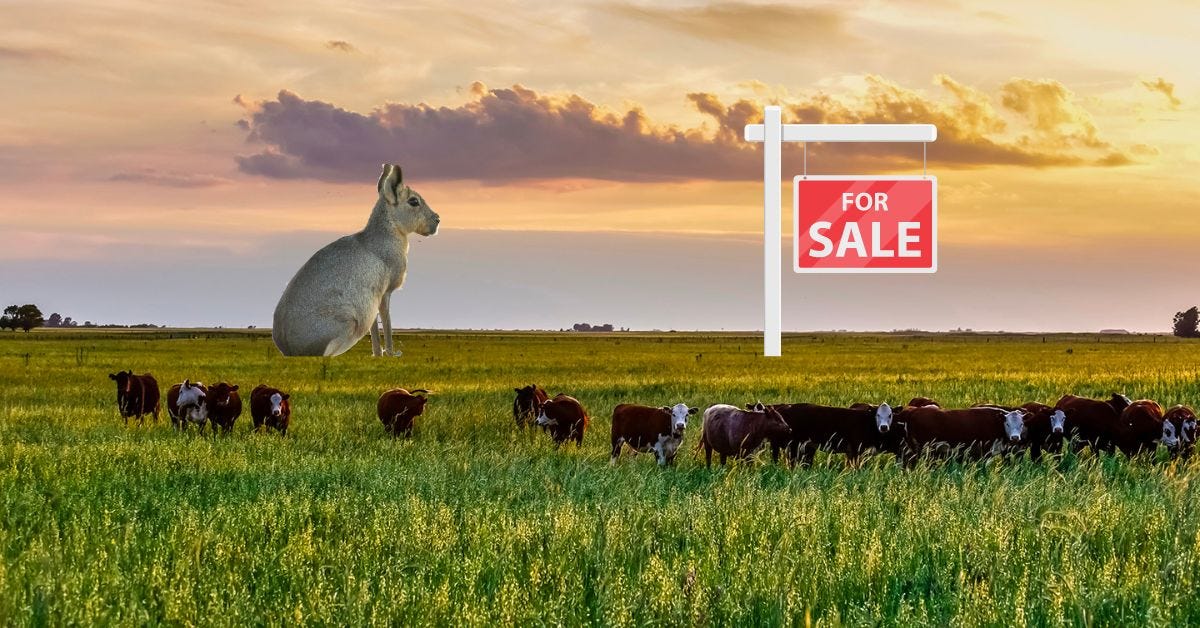


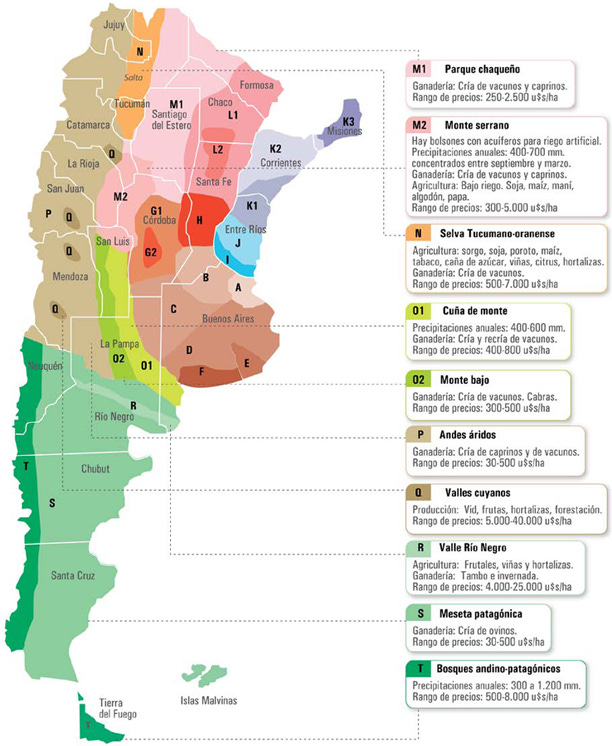
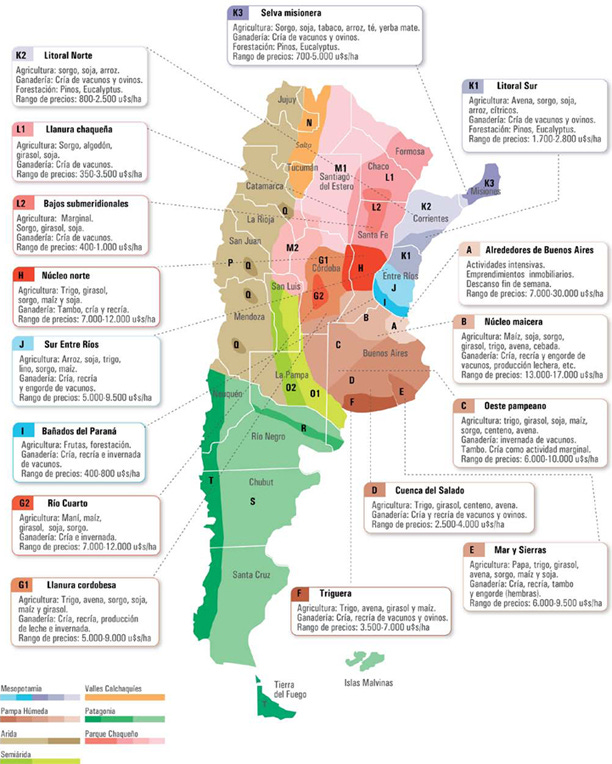





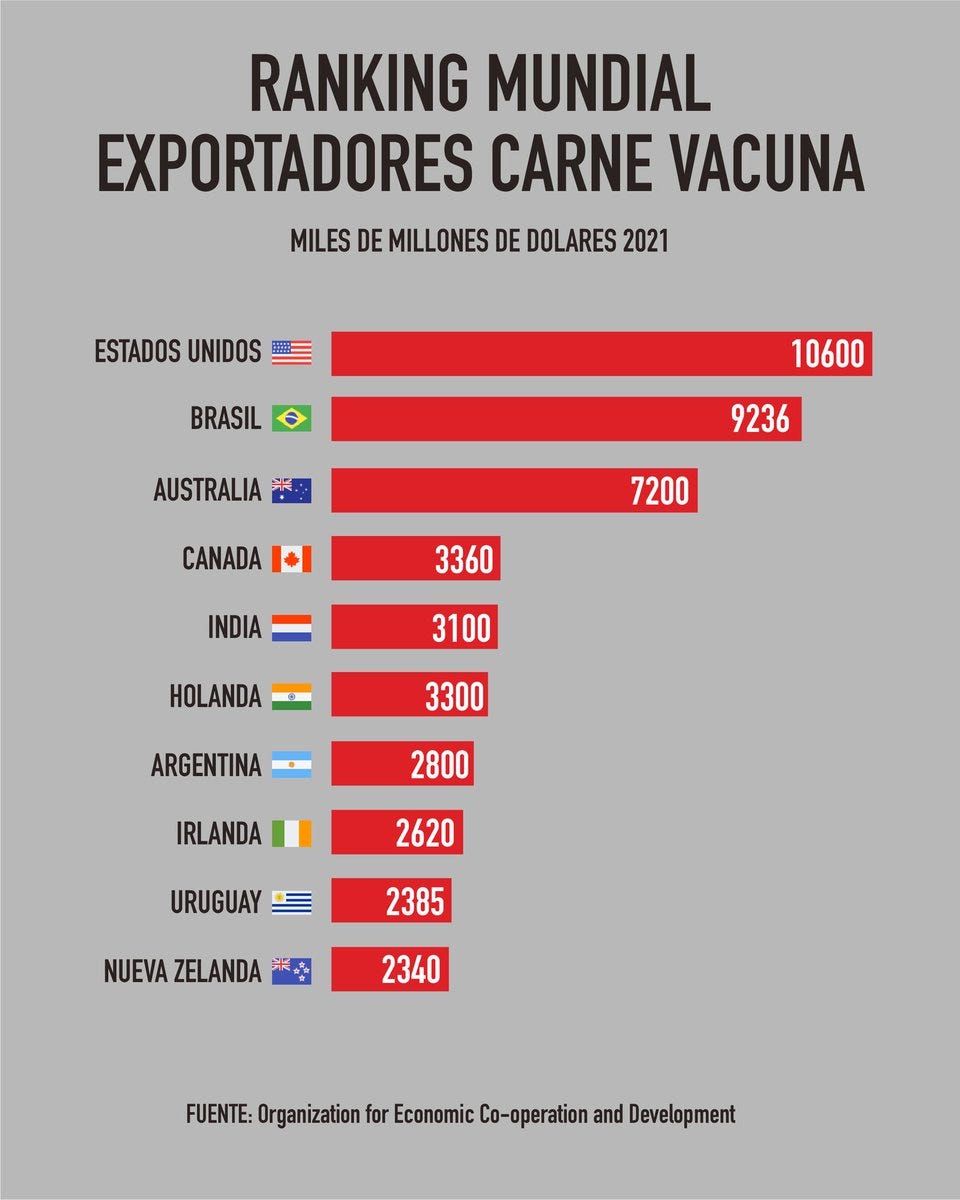
It it legal to buy a house in agriculture land?
In my country every land has it’s propose and on agriculture land you are not able to build house for living.
Thank you
Thank you for the summary! Are there ways to invest in Argentinian farmland and ranching and agriculture through group vehicles like REITs or similar projects?